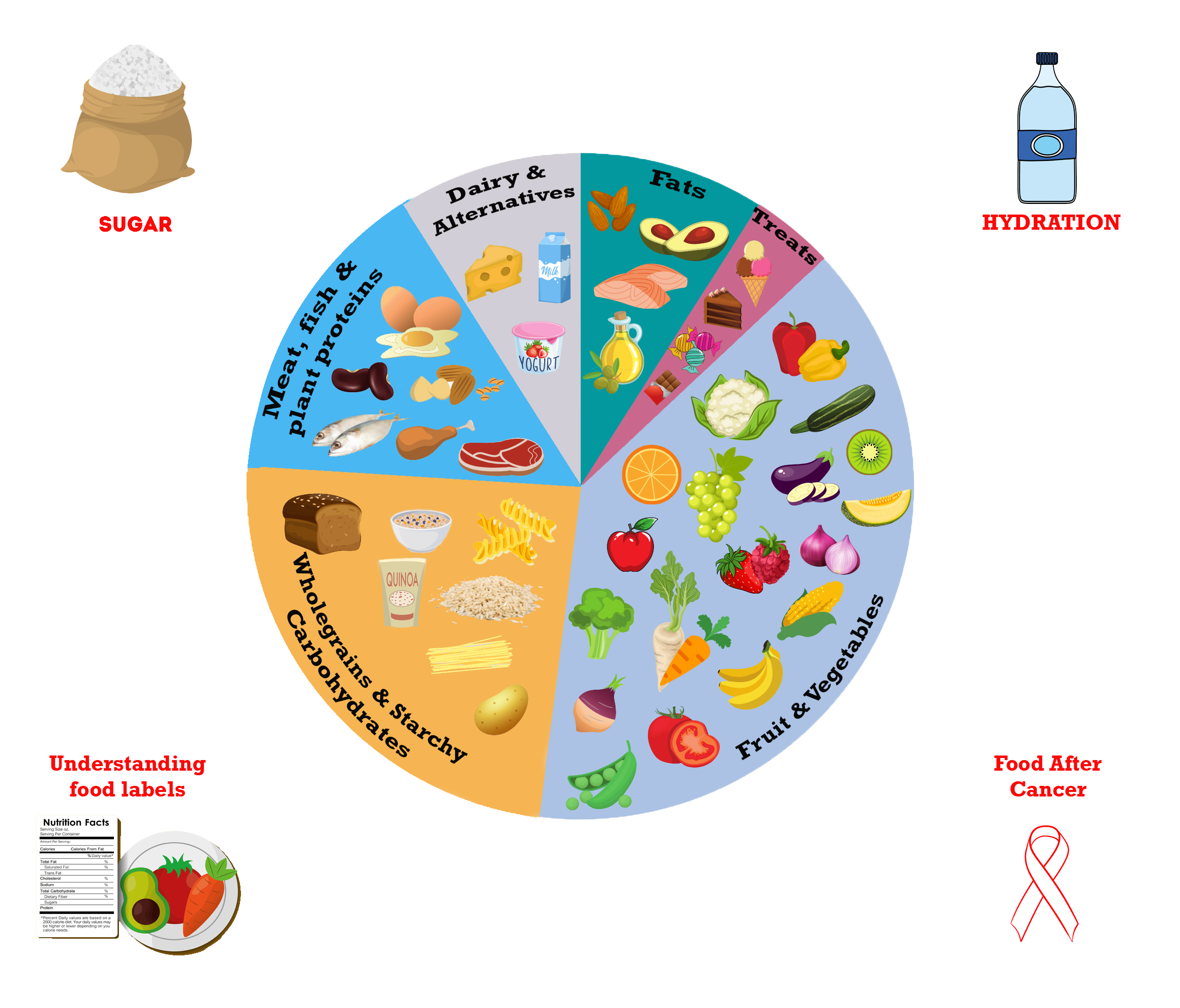
Eating a healthy, balanced diet is an integral part of maintaining good health. It can help reduce our risk of developing certain cancers, Type 2 diabetes, heart disease and stroke, as well as helping us to maintain a healthy weight and support our mental health.
Nourishing our bodies
No one food contains all the nutrients we need, so it’s important to get a variety of different foods in the right proportions.

Further support
Making changes to out diet can be hard, especially when our current habits have been built up over a lifetime. It can be difficult to know how or where to begin. The people who are successful in making changes to their nutrition are the people who take one step at a time. So, pick one thing, allow yourself the time to build that new behaviour into your life, before moving on to your next goal. But you’re not alone. We’re here to support you.
Step into Action
Step into Action offers you 1-to-1 health and well-being sessions to help you achieve your health goals. Using a holistic, motivational interviewing (MI) approach, our highly qualified health and well-being coaches help you identify what aspects of your lifestyle you want to improve, help you develop a personal plan to achieve your goals and support you along the way. For more information on Step into Action click here
Follow our Health & Wellness page ‘Real Health with Action Cancer’ on Social Media
Facebook @realhealthwithactioncaner
Instagram @ac_realhealth
Useful links
https://www.bda.uk.com/food-health.html
https://www.nhs.uk/live-well/eat-well/
https://www.bhf.org.uk/informationsupport/support/healthy-living
https://www.bhf.org.uk/informationsupport/heart-matters-magazine/nutrition
Home – British Nutrition Foundation
Some useful links for healthy recipe ideas
https://www.bbcgoodfood.com/search/recipes?query=healthy
https://www.nhs.uk/change4life/recipes
https://www.bhf.org.uk/informationsupport/support/healthy-living/healthy-eating/recipe-finder
